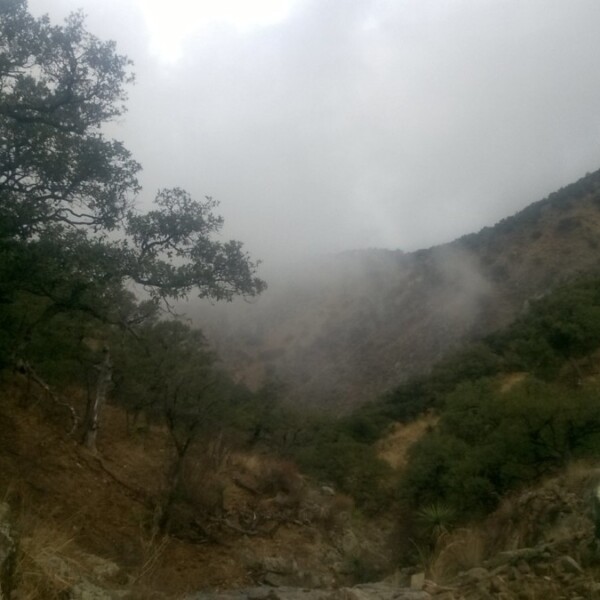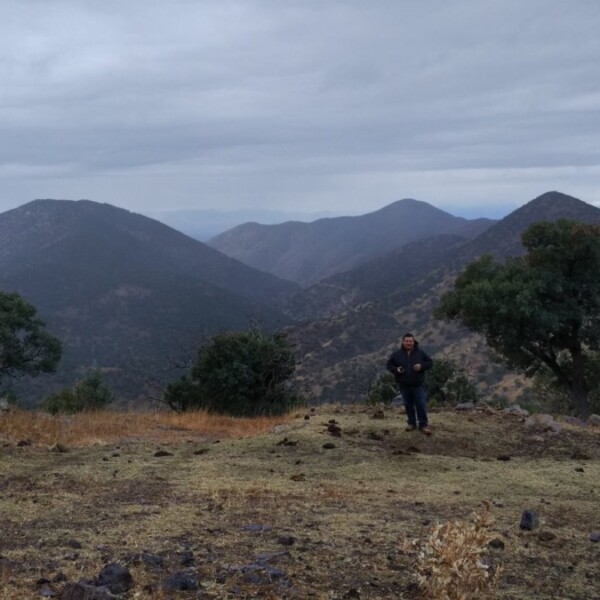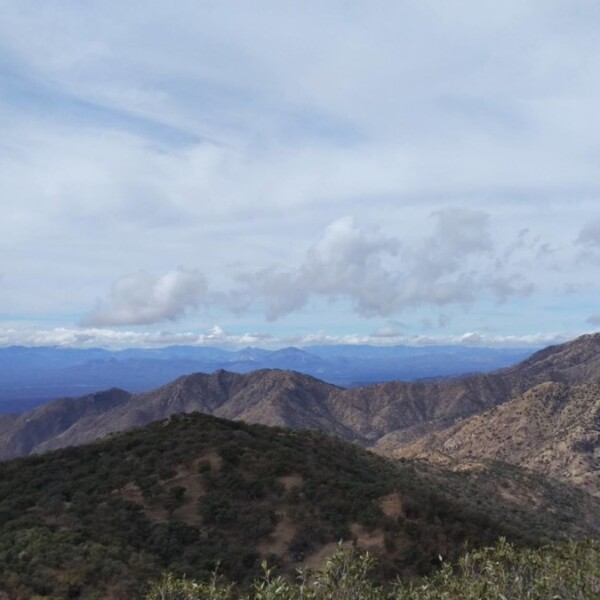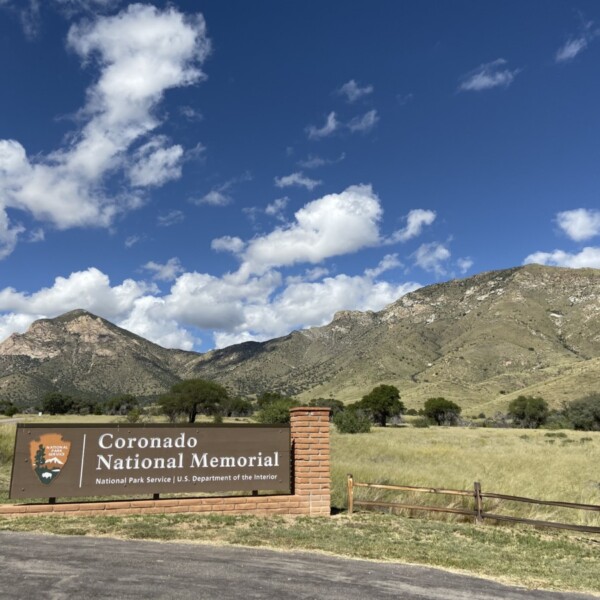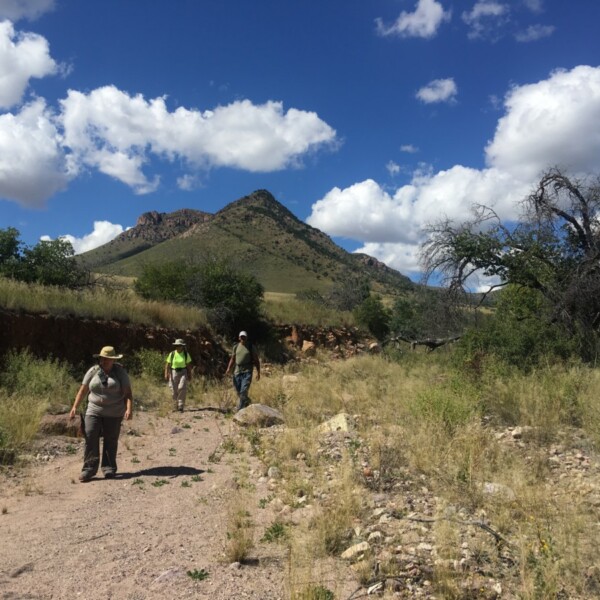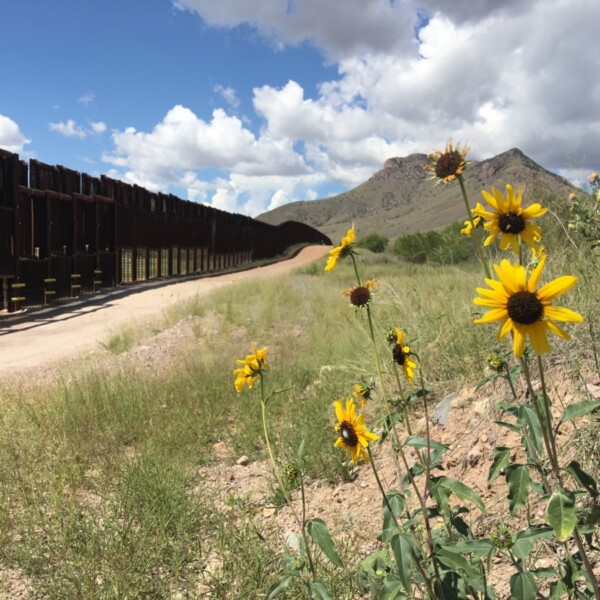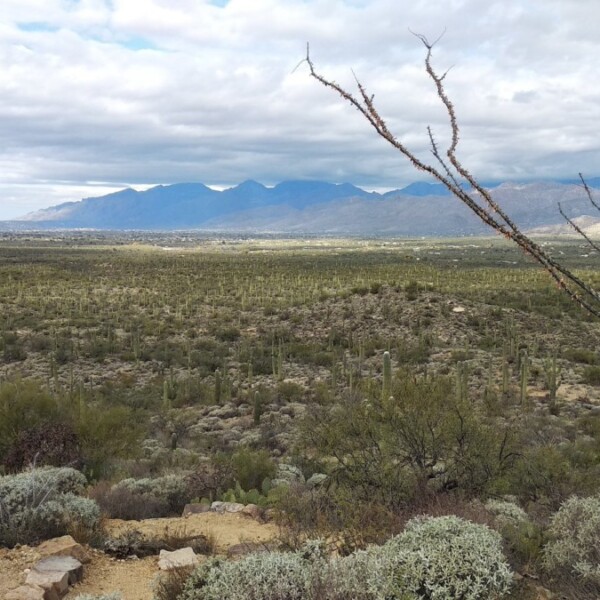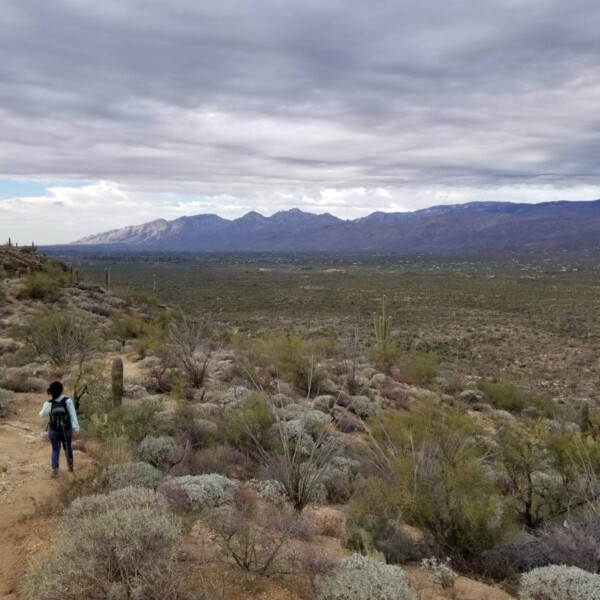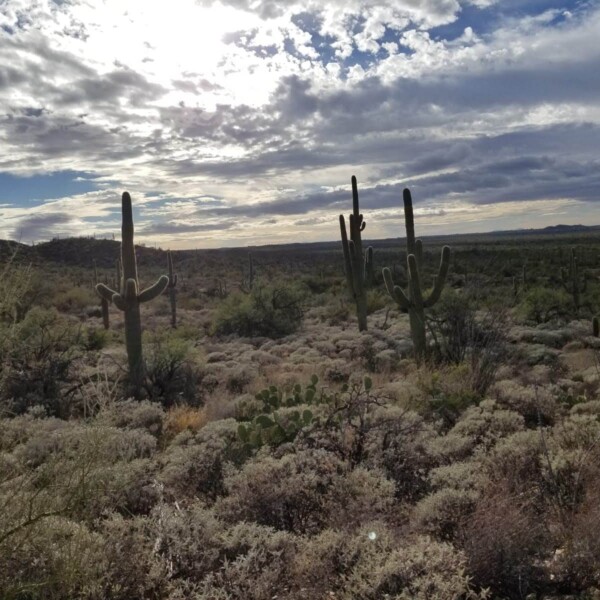Sky Island Alliance’s mission is to protect and restore the diversity of life and lands in the Sky Island region. This unique region bridges the Colorado Plateau in the US and the Sierra Madre Occidental in Mexico through a series of ‘Sky Islands’ in Arizona and Sonora that rise out of desert seas and provide vibrant mountain habitat for plants, animals, and people of the southwest. At Sky Island Alliance we envision a future where the Sky Island region is a place where iconic wild animals thrive across unbroken habitat in Northern Mexico and Southern Arizona. In our vision, these animals thrive because staff from natural protected areas and local communities, united in both countries, provide safe passage for wildlife beyond reserves and across private ranches.
In 2020 we will work on placing cameras all along a “wildlife corridor” (a strip of natural habitat connecting populations of wildlife) that contains a mixture of protected areas and private lands between Moctezuma, Sonora and Tucson, Arizona. While natural protected areas provide refuges for wildlife, it is crucial to understand animals’ movement outside the boundaries of the protected areas. Only by documenting wildlife movement can we prioritize areas for restoration and protection. At Sky Island Alliance we document this movement through wildlife cameras, which are a non-invasive tool to learn about animal behavior.
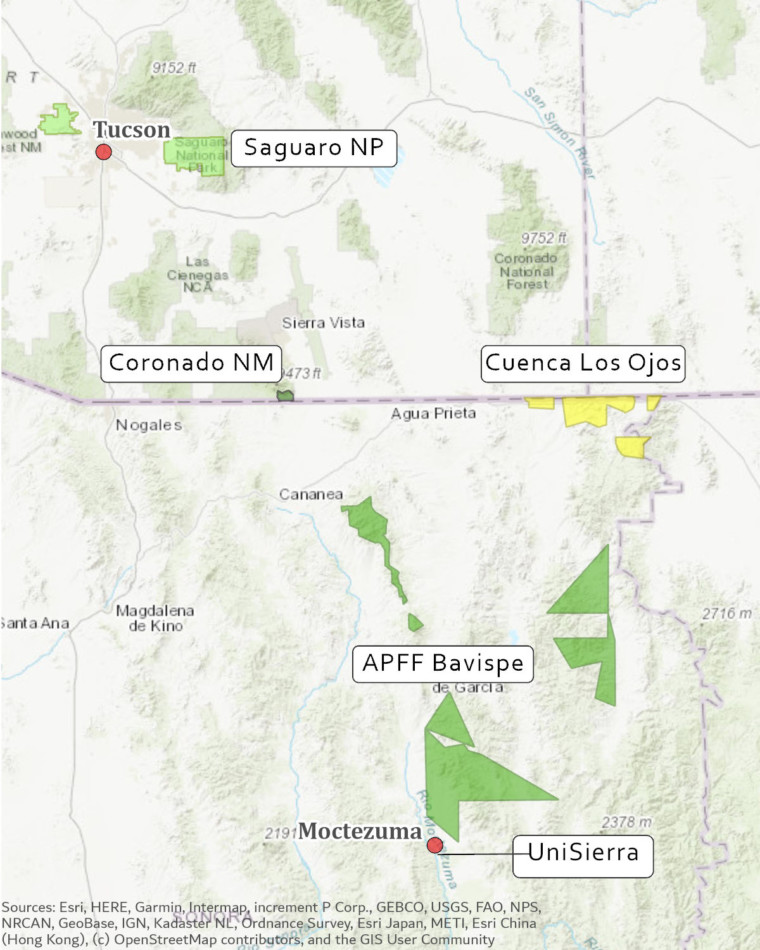
Binational parks (Saguaro National Park, Coronado National Memorial, and Area de Proteccion de Flora y Fauna Bavispe) and private land Cuenca Los Ojos form a formidable wildlife corridor on either side of the US – Mexico border (thick dashed purple line)
We are excited to work with three hugely important protected areas to deploy wildlife cameras and document the movement of animals in the region.
APFF Bavispe
Área de Protección de Flora y Fauna (APFF) Bavispe is a 200,900 ha ha (496,435 acres) Natural Protected Area in Sonora, Mexico that is scattered across 3 sky islands – Sierra Los Ajos, Sierra Buenos Aires and Sierra La Púrica. AAPFF Bavispe is the Natural Protected Area with the highest concentration of Priority Species in Mexico. This is in part due to its areas of influence including the San Pedro River Basin and the Sky Islands. In the past, Sky Island Alliance has collaborated with APFF Bavispe park staff and private landowners that reside inside the park to assess springs, restore habitat and monitor wildlife movement.
Some of the wildlife species that call this land home include:
- Jaguars (Panthera onca)
- Bears (Ursus americanus)
- Ocelots (Leopardus pardalis)
- Beavers (Castor canadensis)
- Thick-billed parrots (Rhynchopsitta pachyrhyncha)
- Golden eagles (Aquila chrysaetos)
- River otters (Lontra longicaudis)
- Pronghorns (Antilocapra americana mexicana)
- Bison (Bison bison),
- Aplomado falcons (Falco femoralis septentrionalis)
- Black-tailed prairie dogs (Cynomys ludovicianus)
Read the full profile HERE
Coronado National Memorial
As their website states, “Birds abound at Coronado National Memorial,” and the same can be said for mammal and other reptile species as well. Coronado National Memorial is a crucial link in the wildlife corridor that connects APFF Bavispe and Tucson. This protected area, part of the National Parks System, provides a safe haven for the animals that make a pit stop in this beautiful natural area. However, this passage is becoming harder and harder for wildlife since border wall construction became a reality. Now, Coronado National Memorial is physically cut off from the rest of the wildlife corridor by a wall that is impenetrable for wildlife. Or so we thought.
In October of 2019, SIA staff travelled to Coronado National Memorial and witnessed firsthand the presence of wildlife tracks right on the fence! Animals like black bears and javelina are still, somehow, fighting their way past this fence to continue their natural movement across the landscape. Seeing these tracks inspired us to intensify our monitoring of the area and deploy our Wildlife at the Wall project!
Saguaro National Park
“Home to the nation’s largest cacti” but also so much more than that! Just one look at Saguaro National Park’s Facebook page gives you a glimpse of the vast biodiversity that exists within the park. Not only are these two districts home to the majestic saguaro cactus, but also a myriad of wildlife species!
The exemplar wildlife habitat found within Saguaro National Park provides the water, shelter, food and protection these animals need in a region that is becoming more and more fragmented! Sky Island Alliance and Saguaro National Park have been working together for years in documenting the movement of wildlife in the region, identifying and protecting water sources and working with community members to increase the knowledge and love for wildlife!
HOW CAN YOU HELP?
If your property lies within 10 miles of the US-Mexico border (especially in the San Rafael Valley) and you want to help us document wildlife, contact our Conservation Coordinator Meagan Bethel ([email protected]) and let her know that you are willing to place a camera on your land.
If you already have a wildlife camera on your land, great! Contact us to let us know you are willing to share your wildlife photos with us.
We will gladly share our Wildlife Camera Protocol and offer training so you can participate in the larger Wildlife at the Wall project

